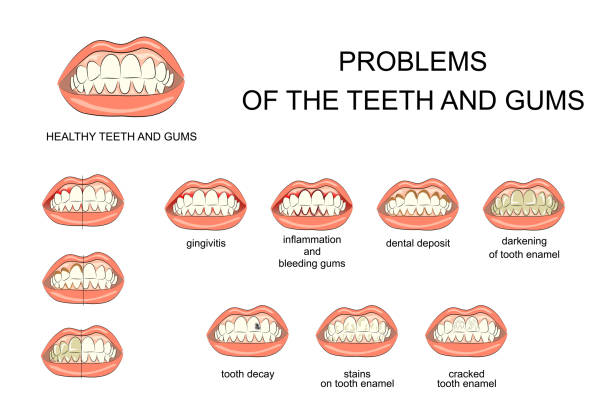Question and Answer

What are the complications of a root canal?
What are the Complications of Root Canals? Despite your dentist’s best efforts to clean and seal a tooth, new infections might emerge after a root canal. Complications Among the probable causes of this are:
Embed Asset Override
- A tooth with a greater than usual number of root canals (leaving one of them uncleaned).
- An unnoticed break in the root of a tooth.
- A faulty or insufficient dental repair has allowed germs to penetrate the restoration and recontaminate the region.
- Bacteria can recontaminate the interior features of the tooth due to a breakdown of the inner sealing substance over time.
Retreatment may be effective in certain cases, although endodontic surgery may be required to save the tooth. An apicoectomy, also known as root-end excision, is the most frequent endodontic surgical operation. This operation removes the inflammation or infection in the bony region surrounding the end of your tooth that persists after endodontic therapy. The gum tissue is opened, infectious tissue is removed, and occasionally the very end of the root is removed during this surgery. To seal the root canal, a tiny filler may be put.
When you think of a root canal, you probably imagine a painful dental procedure that needs a significant amount of recuperation time. A root canal is often performed when there is a problem, such as inflammation or infection, which can lead to tooth decay, a broken tooth, or a continuing need for treatment. to treat the area. A root canal procedure helps to avoid discomfort and the development of an abscess. For many individuals, the treatment goes off without a hitch, but root canal issues are a danger of the surgery, and recognizing them before you have surgery helps you prepare. you for the recovery period. Fortunately, the operation isn’t often as unpleasant as you may imagine, and you’ll be able to resume your normal daily activities shortly after.
Pain
Because a root canal involves cleaning and repairing the root area of a tooth, you’re likely to feel some pain in the days following the procedure. This might range from a dull ache to sharp pain, but it shouldn’t be so bad that it debilitates you. However, if some germs remain after the canal is cleansed, they might proliferate and cause discomfort in the future. If the region seems better but then starts to pain again, call your dentist right away for follow-up treatment.
Additional Problem Areas
In some cases, you might have more than one root that’s causing you problems. If one of the canals is missed, germs may persist, necessitating a second root canal. A second operation in the same region is more complicated because your dentist must remove the fillings as well as any crowns or implants that were put in order to reach the tooth’s roots.
Undetected Crack in the Root
A missing fracture in the root of your tooth is one of the root canal issues that can lead to bacterial development and the need for further treatment. If your dentist doesn’t notice a small crack in the root of your tooth, it leaves the area exposed to the reintroduction of bacteria in the area.
Defective Materials
The inner seal established during a root canal might deteriorate over time, allowing germs to move back into the base of your tooth. This is a problem that your dentist will most likely advise you about so that you can take adequate care of the region to avoid or slow the development. However, in certain circumstances, a faulty repair occurs, allowing germs back into the canals.
What to Do
When getting a root canal, it’s crucial to go to a respected facility and have the treatment done by a dentist who has done it before. To encourage adequate and correct recovery, please follow the aftercare recommendations. Notify your dentist right away if something doesn’t feel right or you’re worried that the root canal wasn’t successful. A follow-up can help discover potential issues and treat them before they worsen.

